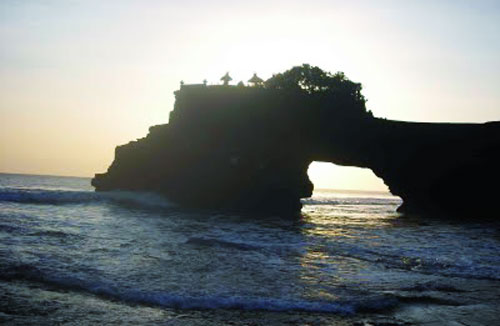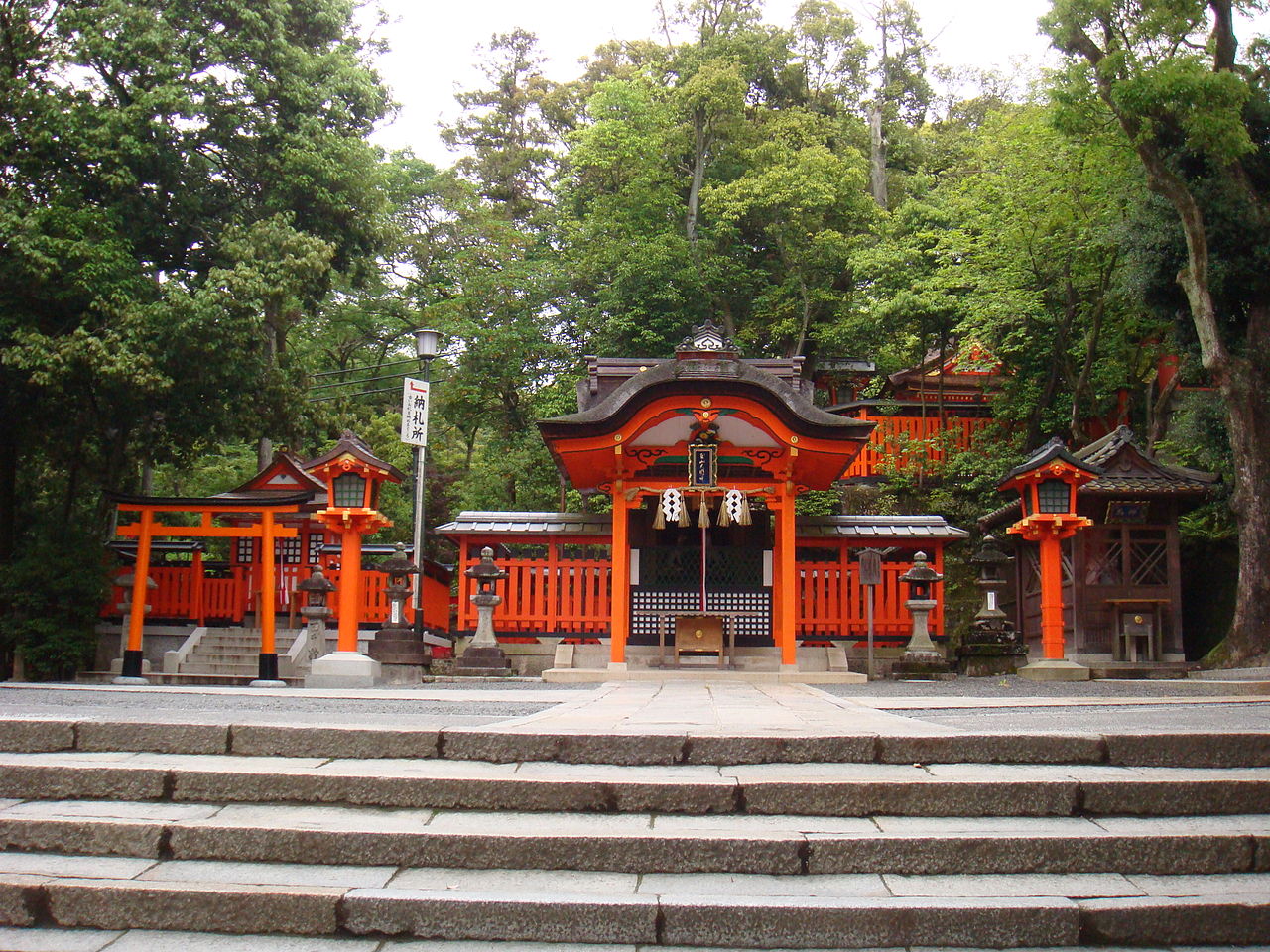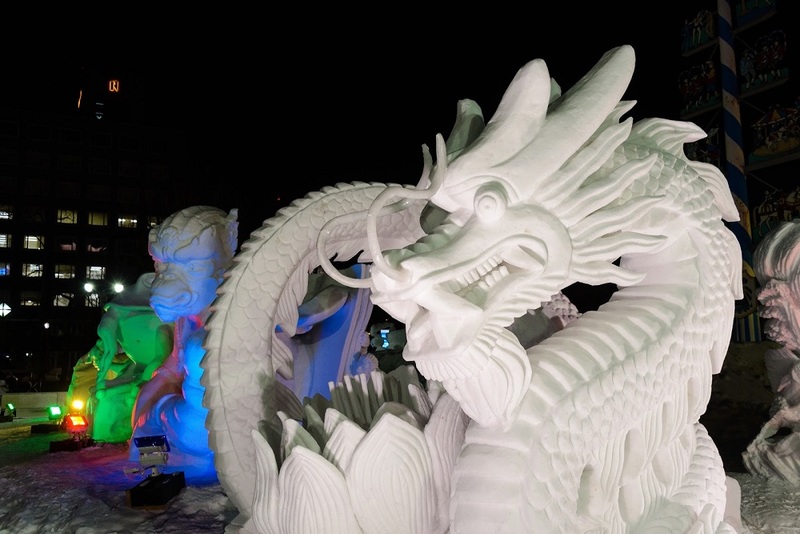Fushimi Inari Taisha is a very significant Shinto shrine in Kyoto, Japan, and numerous tourists visit it because of its stunning orange gates which they find so inviting.
Located in southern Kyoto at the bottom of Mount Inari, the shrine was dedicated to Fushimi Inari Taisha, the patron of merchants and god of prosperity and rice.
In order to get to this shrine, you'll have to climb up the mountain that rises 764 feet beyond sea level. Bear in mind that other shrines exist scattered along the trail that extends for around 2.5 miles.
Gain more understanding by reading the most fascinating facts about this sacred shrine.
1. Fushimi Inari now Japan's oldest Shinto shrine
Fushimi Inari Taisha, built in 711, is today one of Japan's oldest shrines in all of Kyoto. In fact, by 942, the shrine ranked unusually high among Shinto shrines. Later, the lovely and decorative major shrine building was erected in 1499.
Legend has it that the locals held the belief that a rice cake was tossed into the air, transforming into a swan like magic. The swan next soared to Mount Inari's peak. Quite soon, rice began growing upon the mountain, becoming the main shrine for Inari Okami.
2. It's one of Japan's most visited attractions
Literally millions of visitors from everywhere go here to pray for successful business, improved harvests, and more. But far more people flock here in the New Year to offer their prayers. Others come to admire the shrines as well as stroll through the mountain trails.
Toyotomi Hideyoshi donated in 1589 the Romon Gate, one of the oldest ones, situated in the rear of the shrine's central hall, where guests pay homage and even provide small offerings.
3. It has many small shrines
The complex, which has several smaller sub-shrines scattered along the four kilometer trail around the mountain, consists of 5 main shrines, upper, middle, lower, and 2 auxiliary shrines. But the most holy among them is Mount Inari, regarded as the god of rice.
To reach the top, you must pass through 1000s of Torii gates, situated behind Fushimi Inari, and it's precisely here you'll come across the hiking trail that takes you up the mountain.
4. The shrine was moved
Originally standing on Inariyama hill in Kyoto, the Hata family relocated Fushimi Inari Taisha elsewhere permanently in 816.
There was even a change of guard occurring back in 942, when it received the highest honor among Shinto shrines.
Many centuries passed until in 1499 the lovely and central shrine structure was erected. More recently, Japan designated the shrine as a significant Cultural Property.
You'll observe thousands of mounds on the mountaintop being used for worship in private.
5. There are many fox statues
The twelve fox statues surrounding the shrine is a conspicuous feature that's impossible to miss. Japanese consider the foxes gods' messengers as well as connected with the rice god.
Moreover, the fox statues hold keys in their mouths, which symbolize that they are the defenders of rice granaries. That's why foxes are not only well respected but also worshiped.
6. The Torii are very popular attractions
In the rear of the shrine's central grounds you'll find the Senbon Torii, which serves as the entry to the Torii gate. In addition, it marks the start of two parallel, thick rows of gates, which attract the majority of tourists to visit Fushimi Inari Taisha.
As a traditional gate in Japan, Senbon Torii is generally located at the entry of or just within a Shinto shrine. It actually represents the transition from the everyday profane to the holy.
Every one of the renowned gates is also a handsome donation via either a private citizen or Japanese business individual. They are motivated to donate hoping to receive future fortune and good luck.
The orange and reddish color of all such gates symbolizes the sun.
7. Reaching the shrine is no small feat!
Climbing to the mountaintop is rather an uphill challenge. If you're not physically inclined, slowly climb here at a comfortable rate. Although the trail is lengthy and goes on rising, fortunately there exist platforms where you can halt by and take a quick break. The hike to Mount Inari can take up to 60 minutes. But the view from the top is quite beautiful. You'll find some cafes which serve dishes like Inari Sushi.




